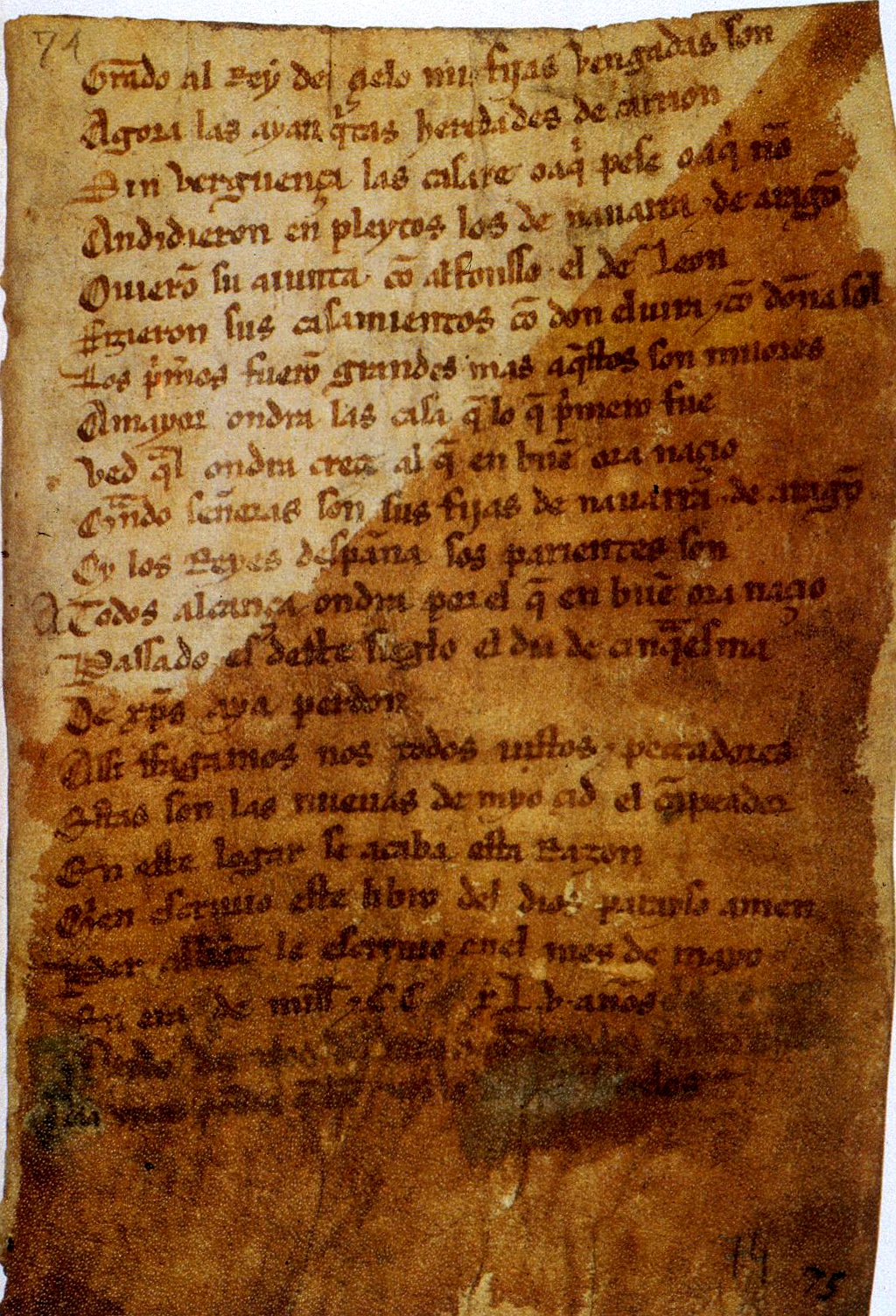Learning Spanish 101
- Introduction to Spanish
- Everyday Vocabulary
- Conversational Spanish
- Intermediate Grammar
- Travel Vocabulary
- Business Spanish
- Spanish Culture
- Advanced Grammar
- Spanish Literature
- Spanish in the Media
- Review and Practice
Basic Grammar
Understanding Nouns and Articles in Spanish

Grammar.
In the Spanish language, nouns and articles are fundamental building blocks of sentences. This unit will provide a comprehensive understanding of these elements.
Spanish Nouns
In Spanish, every noun has a gender, either masculine or feminine. This is a significant difference from English and can be challenging for beginners. However, there are some general rules that can help determine the gender of a noun:
- Nouns ending in -o are usually masculine. For example, "libro" (book) is a masculine noun.
- Nouns ending in -a are usually feminine. For example, "casa" (house) is a feminine noun.
There are exceptions to these rules, and some nouns can be both masculine and feminine, with the meaning changing depending on the gender. For example, "el cometa" means "the comet," while "la cometa" means "the kite."
Plural Forms of Nouns
To make a noun plural in Spanish, you usually add -s to nouns ending in a vowel and -es to nouns ending in a consonant. For example, "libro" becomes "libros" (books), and "profesor" becomes "profesores" (teachers).
Spanish Articles
Articles in Spanish agree with the gender and number of the noun they modify, which means they change depending on the noun. Spanish has definite articles (the equivalent of "the" in English) and indefinite articles (equivalent to "a," "an," and "some" in English).
- The definite articles are "el" (masculine singular), "la" (feminine singular), "los" (masculine plural), and "las" (feminine plural).
- The indefinite articles are "un" (masculine singular), "una" (feminine singular), "unos" (masculine plural), and "unas" (feminine plural).
For example, "el libro" means "the book," "los libros" means "the books," "un libro" means "a book," and "unos libros" means "some books."
Understanding and correctly using nouns and articles is a crucial step in learning Spanish. It allows you to construct simple sentences and express basic ideas, setting a solid foundation for more complex grammar structures.